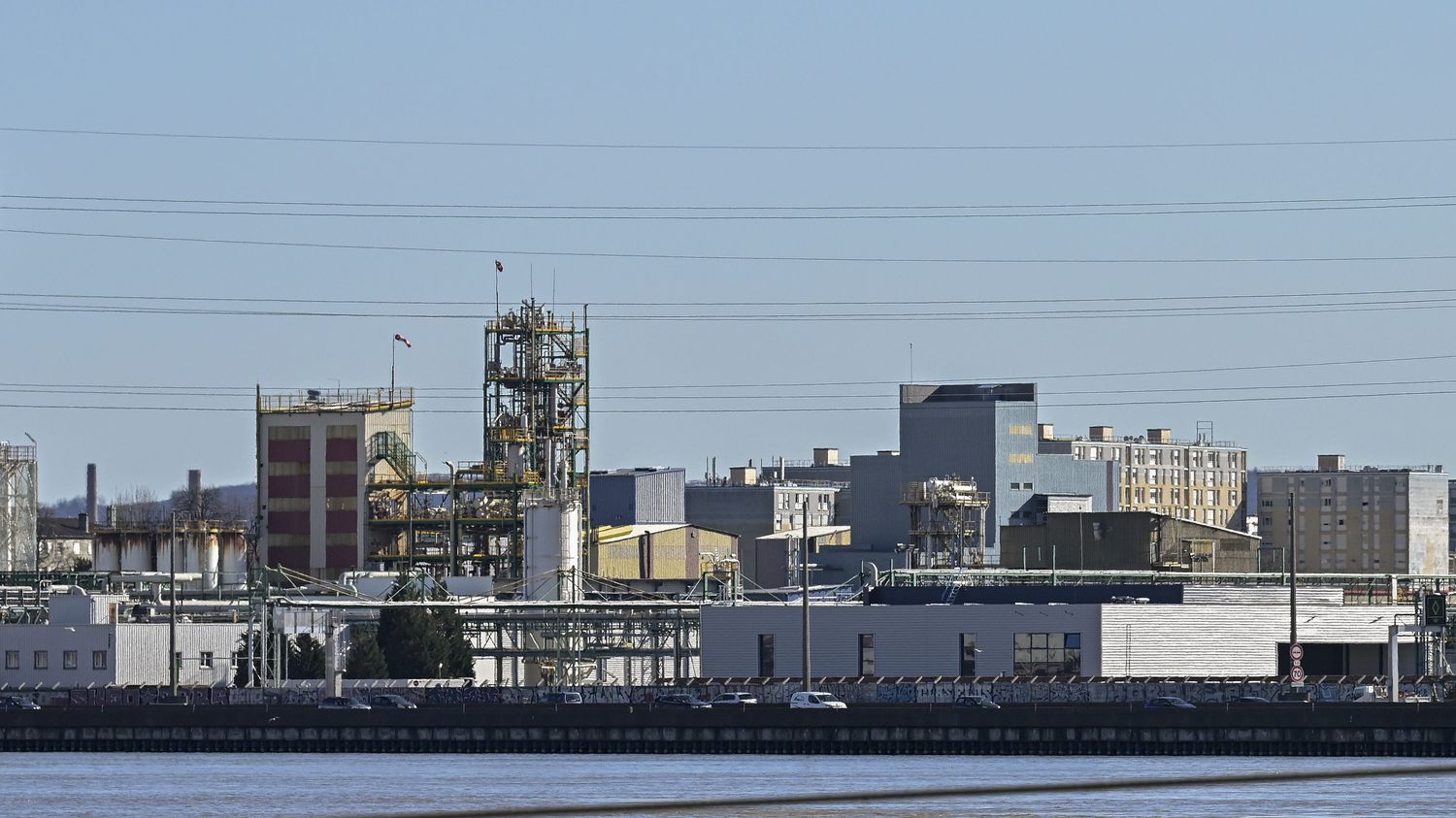The Regional Health Agency revealed analysis results on Monday and requested corrective measures from the fifty municipalities concerned, most of them located in the chemical valley south of Lyon.
Published
Reading time: 1 min

Around fifty municipalities are affected in Auvergne-Rhône-Alpes. The water intended for the consumption of 166,000 inhabitants of the region contains PFAS, known as “eternal pollutants”, at levels higher than the European reference threshold, according to analysis results published Monday January 15 by the Regional Health Agency (ARS). “Based on current knowledge, we do not know at what level of PFAS there is a proven risk”but “we can’t wait” to act, according to the ARS.
The consumption of this water is not prohibited, but the ARS has, for the first time, requested corrective measures from the municipalities concerned, most of which are located in the chemical valley south of Lyon. Under penalty of being put on notice, these communities had to present as quickly as possible “the measures of their choice to return below the threshold” of 100 nanograms per liter. They will have three years to put them in place.
PFAS, poly- and perfluoroalkyl compounds, have non-stick and waterproof properties and are massively present in everyday life: Teflon pans, food packaging, waterproof textiles, automobiles… Almost indestructible, they accumulate with time in the air, soil, river waters, food and even the human body, hence their nickname “eternal” pollutants. If exposed over a long period, they can have effects on fertility or promote certain cancers, according to initial studies. In recent months, several communities and individuals have launched collective complaints for “endangering the lives of others” by worrying about “alarming concentrations” of PFAS linked to industrial sites in the chemical valley.
